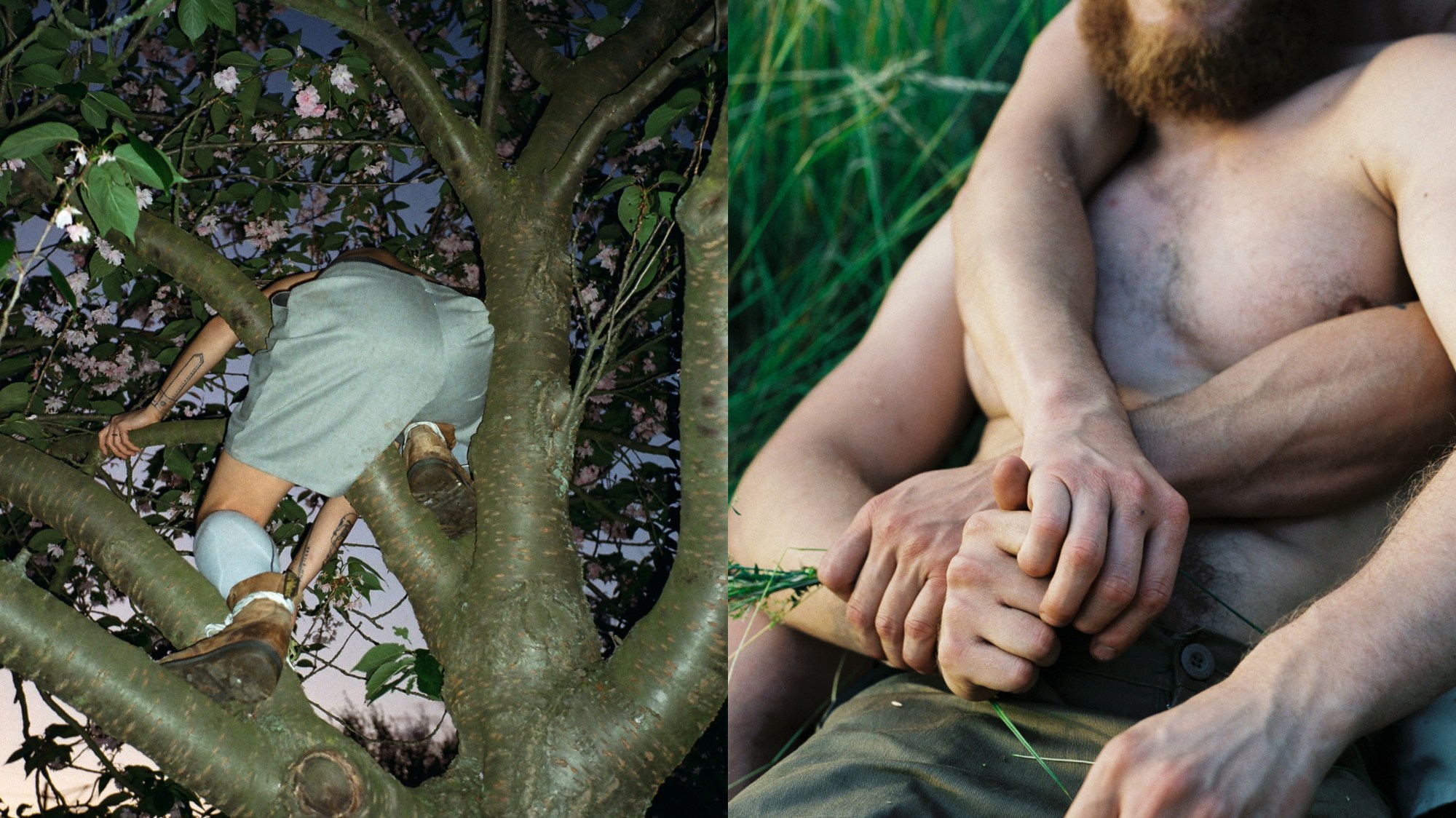This story originally appeared on i-D Germany.
For his photo project Hain – German for grove or a small cluster of trees – photographer Lukas Städler spent more than two years visiting Berlin’s most popular cruising spots to take snapshots of men having public sex in parks and local woodlands. Whether hours-long fun deep in the bushes or a barely-hidden quickie during a lunch break, what was once a necessity for many at some point turned into a kink. “Cruising began at a time when you couldn’t come out as a gay man,” says Lukas about the history behind it. “For a long time, it was a punishable offence to be gay, so there were hardly any public spaces to get to know each other without being in danger.”
Places like Tiergarten, a huge park in the west of Berlin, thus provided people with the opportunity to meet like-minded people and live out their sexuality freely – even if just for a short time. “For those people who remain in the closet, it’s still a reality,” Lukas says. Though of course these days it’s not simply a necessity, with out and proud people willingly getting involved too.
i-D spoke with Lukas about his NSFW project, self-exploration, and how hook-up apps like Grindr have impacted the Berlin cruising scene.
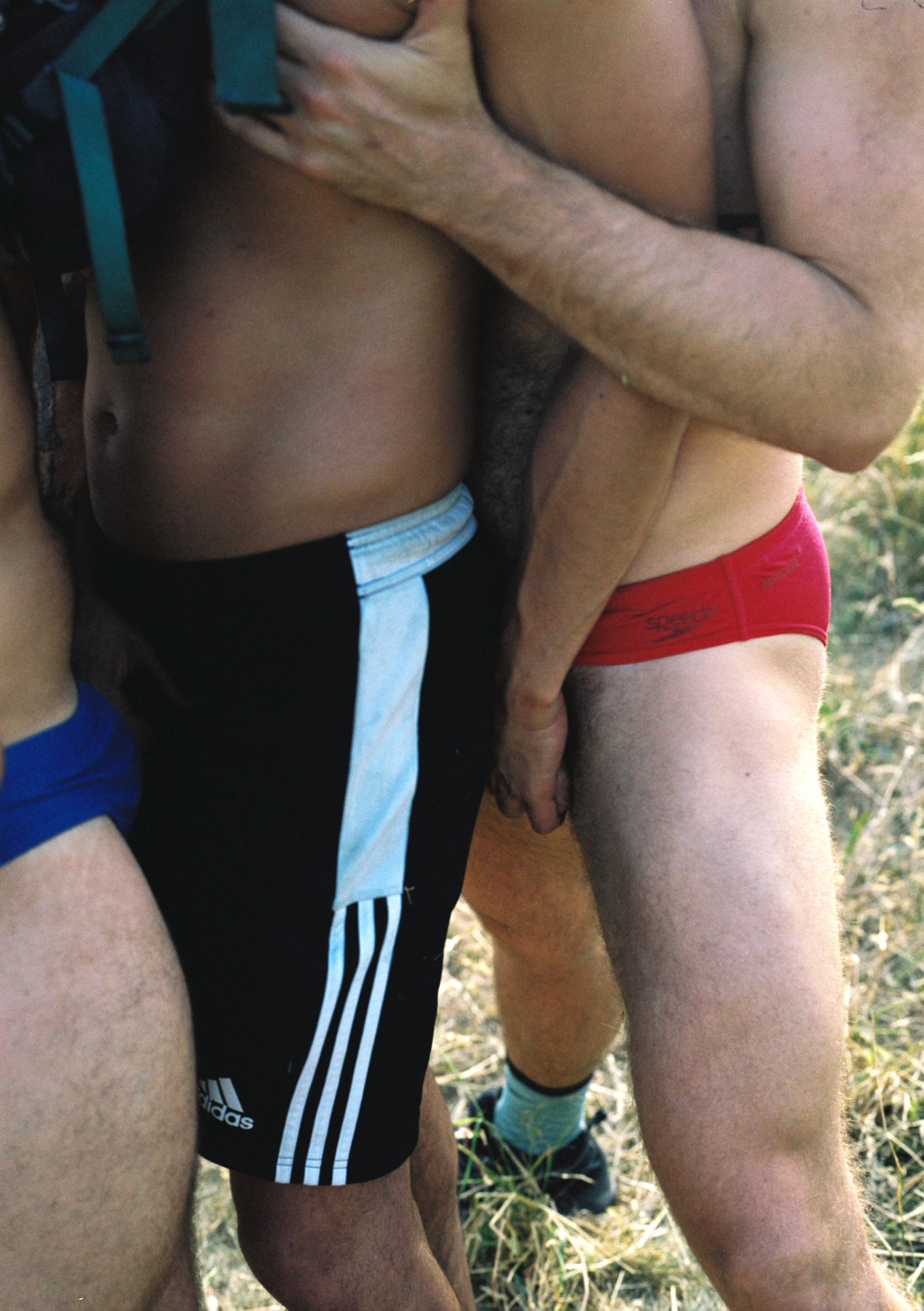
Let’s start with the basics. What is cruising, exactly?
The simplest way to explain it is anonymous sex in public. The city of Berlin knows about it, and even though the spaces aren’t directly protected, it has been inscribed in city planning for over a century that these places exist. One of the best-known examples is Tiergarten, where it’s mostly men who meet for sex.
How did you come up with this project?
I’ve wanted to develop my own queer position within photography for a while. There are many photographers with whom I identify and whose work I admire, but I’d rather bring my own language and often romantic view to a project that I have a personal connection with. I’ve known that cruising exists, but I’ve never experienced it firsthand. After an emotional breakup, I got in touch with the scene. To be honest, I was rather put off at first, even though I didn’t condemn it at any point. I just didn’t think it was necessarily something I would personally enjoy. Nevertheless, these idyllic places where sex happens so publicly appealed to me. The idea to document Berlin’s cruising scene felt quite organic, but it was at least a year before I took my first photo. I remember sitting in Grunewald [a forest on the outskirts of Berlin] at sunset and watching the leaves reflect on this man’s skin. It was an incredibly beautiful picture, but I didn’t dare approach him. After that, I couldn’t stop thinking about this scene.
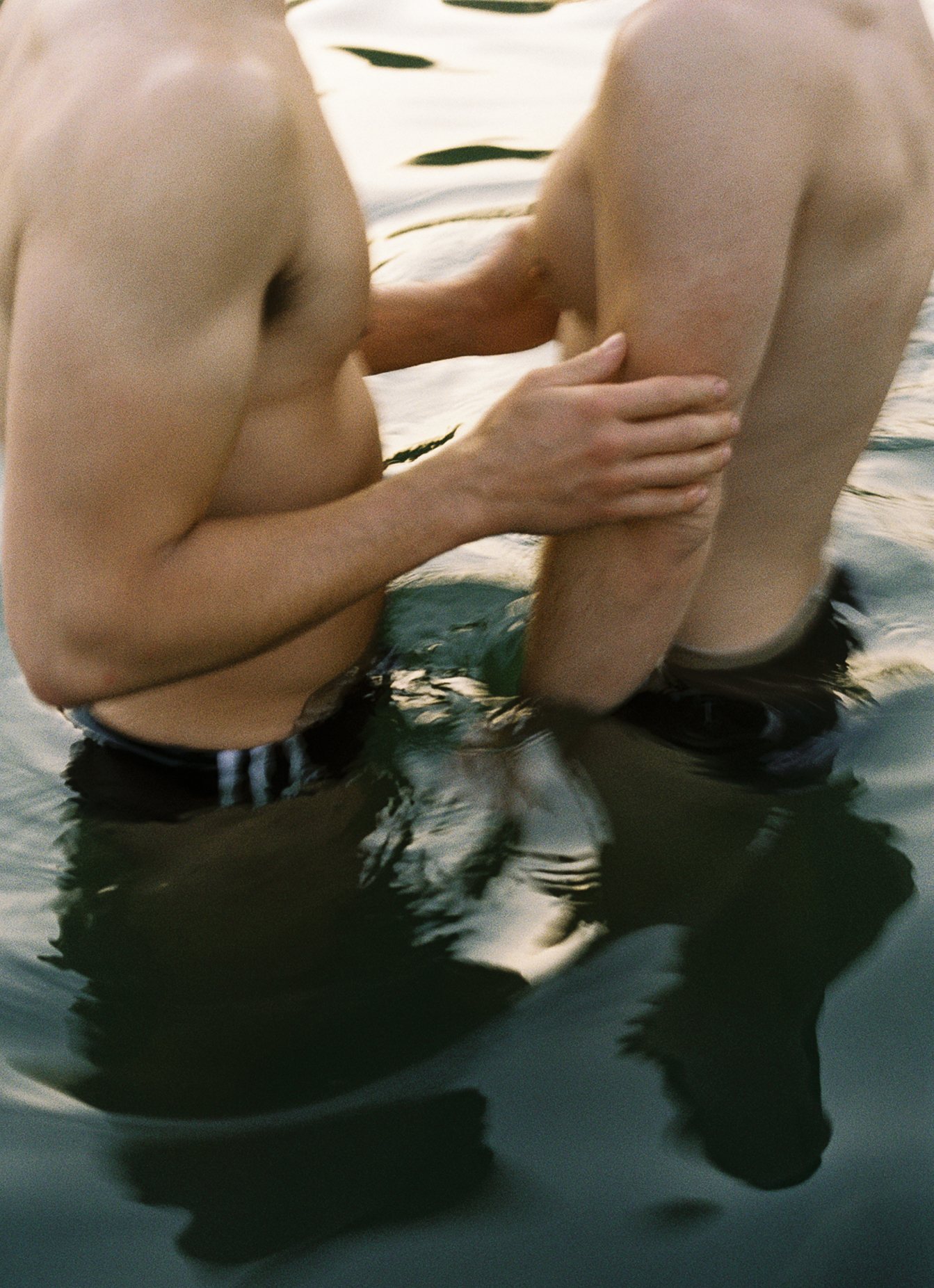
What was it like for you to be present, with your camera, while others were having sex?
For me, the whole project felt like self-exploration. How can and do I want to love? What are the different ways and worlds in which people meet? By engaging with my community, listening and showing through my photos how they love and live, I was able to learn about very different relationships and perspectives, and to understand myself much better as a result.
How did you manage to capture such intimate moments?
I needed to get used to approaching people, so I started by portraying dogs on the streets. At some point, I ventured into cruising spots. It created a similar tension that exists between cruisers. You can quickly tell if you’re approaching each other and who’s making the first move. For my photo project, I revisited these places for almost two years and in every season. Timing is always the most important thing. These situations happen within a few minutes, like encounters of fate. You never know if you’re meeting at the right moment.
While it’s arguably becoming easier to publicly live out a queer identity, cruising seems to be just as popular. What does the scene look like today?
Whether you’re outed or not, many people have the urge to have sexual contact in public spaces. It was interesting to meet and talk to older queer men as well, as the younger generation usually meet on Grindr or other apps. No matter what age, cruising is interesting for anyone who loves this kind of public sex.
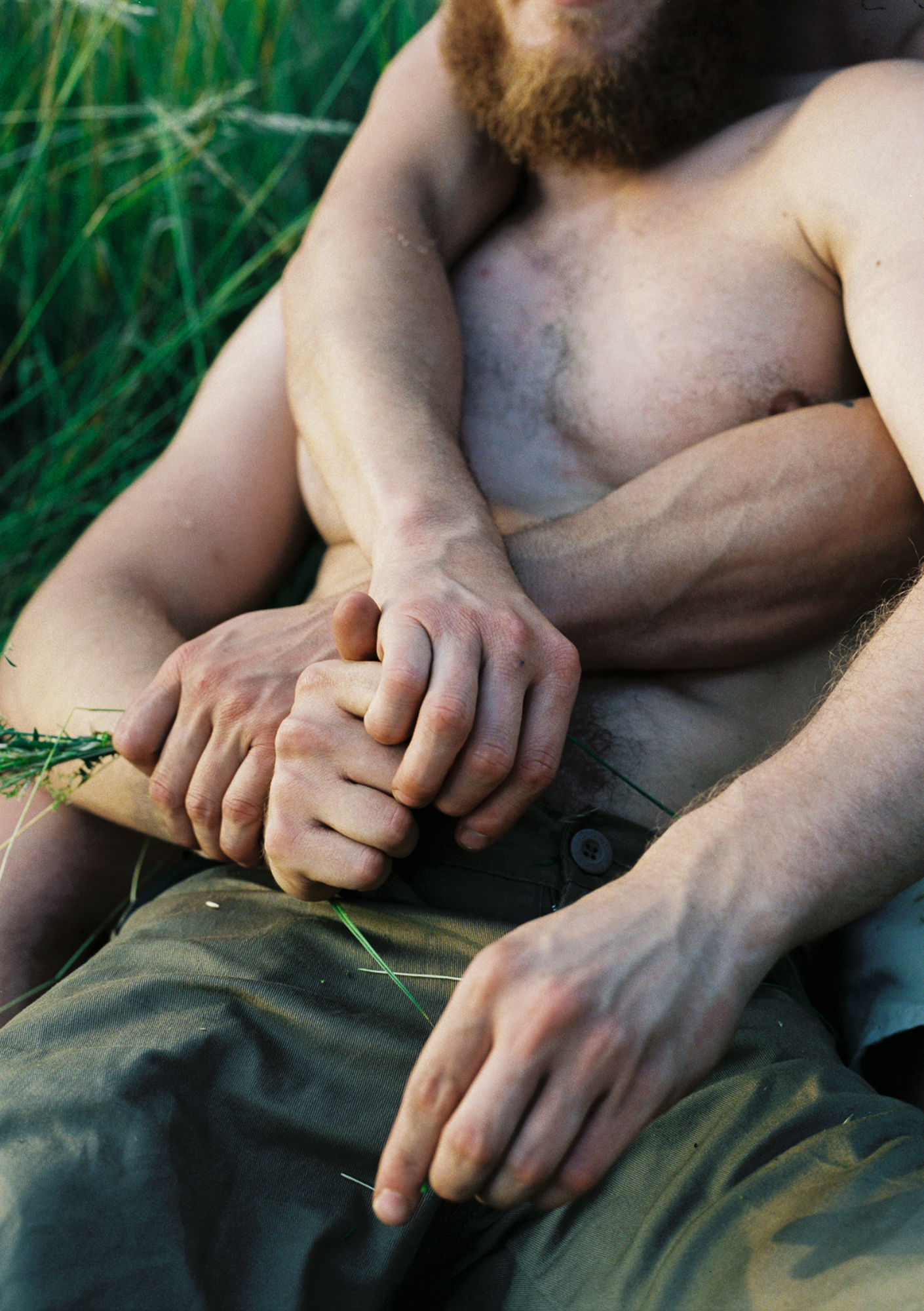
Your subjects often have a very loving look on their faces. Why was it important to you to show the scenarios in this kind of way?
I was put off and simultaneously attracted to the scene in the very beginning, so I felt the need to take it up in a very personal way. It’s my own romantic take on the scene. It’s absurd what happens in these parks and how close these sexual interactions are to public walkways. Almost like a different universe just a few minutes apart from each other, which holds so much beauty. How naked bodies collide in nature, the analogies between the plants, the trees, the bodies and sex — these are all big topics that have always been reflected in art. Some of these photos almost feel like [pre-Raphaelite] nymph paintings. Yet there’s also rough, hard sex happening.
What would you tell people who have negative views on cruising?
I can understand the criticism to some extent, as I didn’t only have positive experiences and friendly interactions while working on the project. It’s not all fun in Berlin’s parks. But these encounters have been around for over a hundred years; it’s part of the culture, and it’s almost impossible to imagine the city without it. The need for some people to have sex in public will always remain, and that’s why it’s good that there are at least these somewhat protected microcosms. You either go there or, if you don’t like it, you avoid them.
Follow Lukas Städler and see more of his work here.

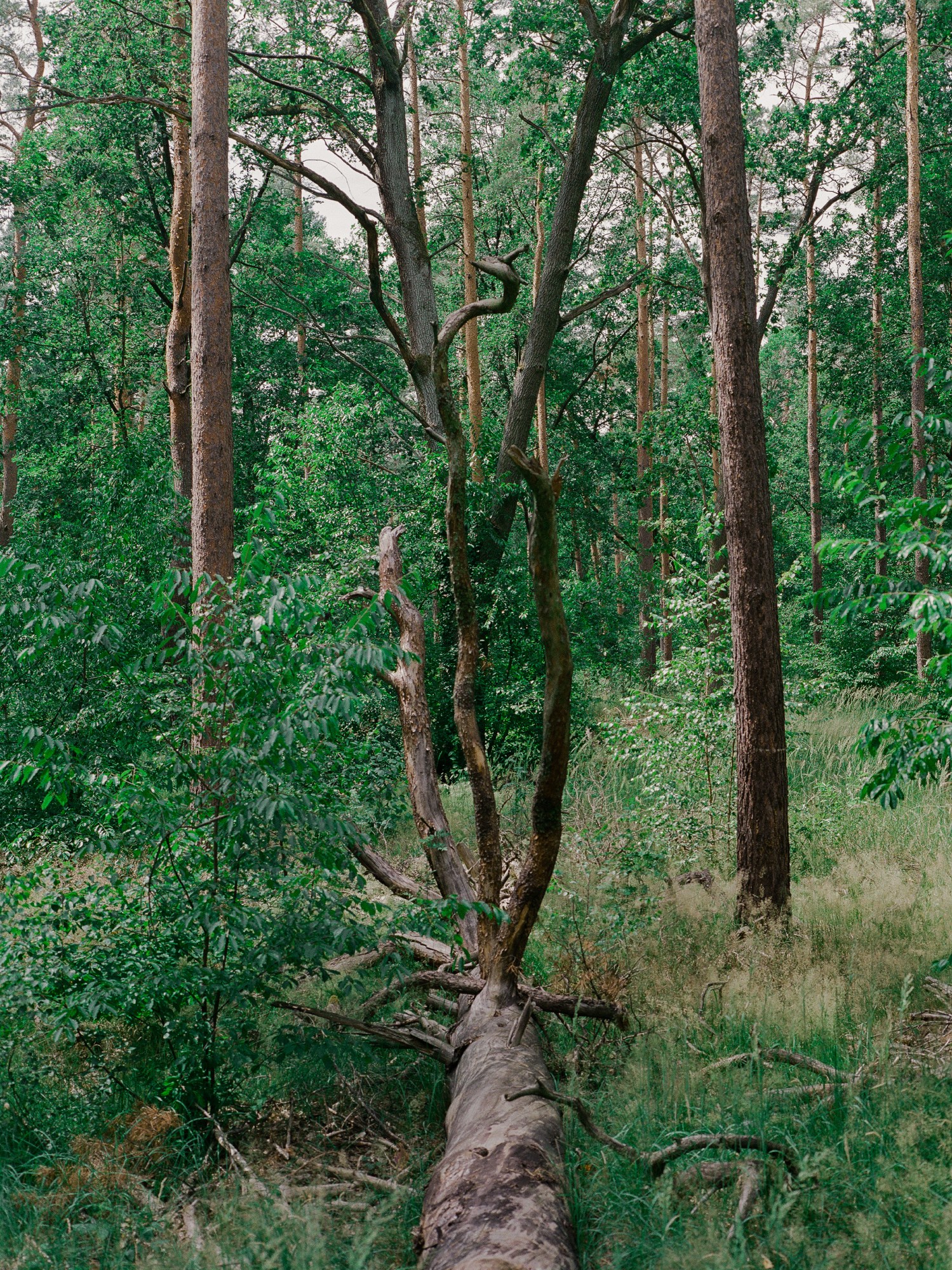
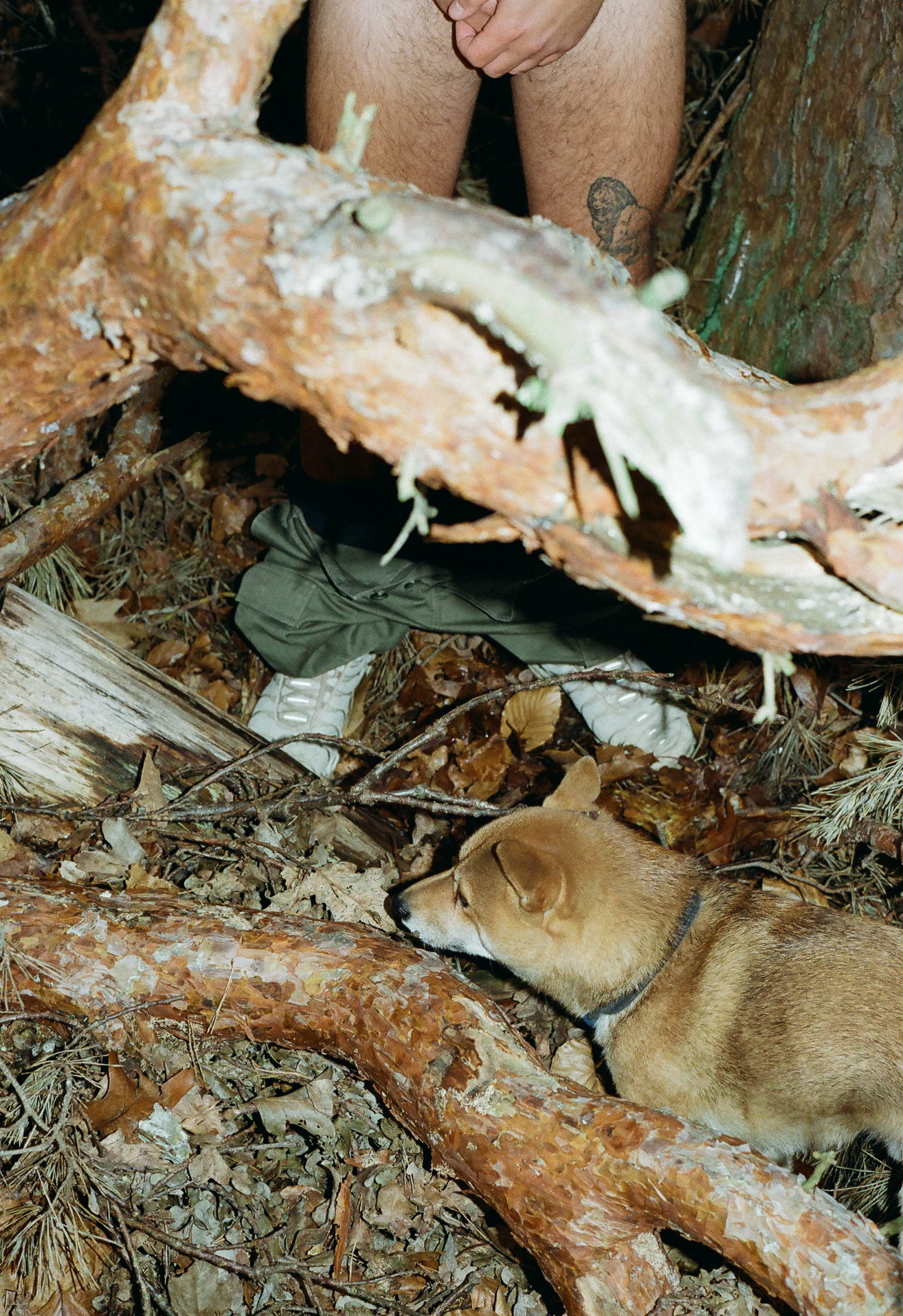
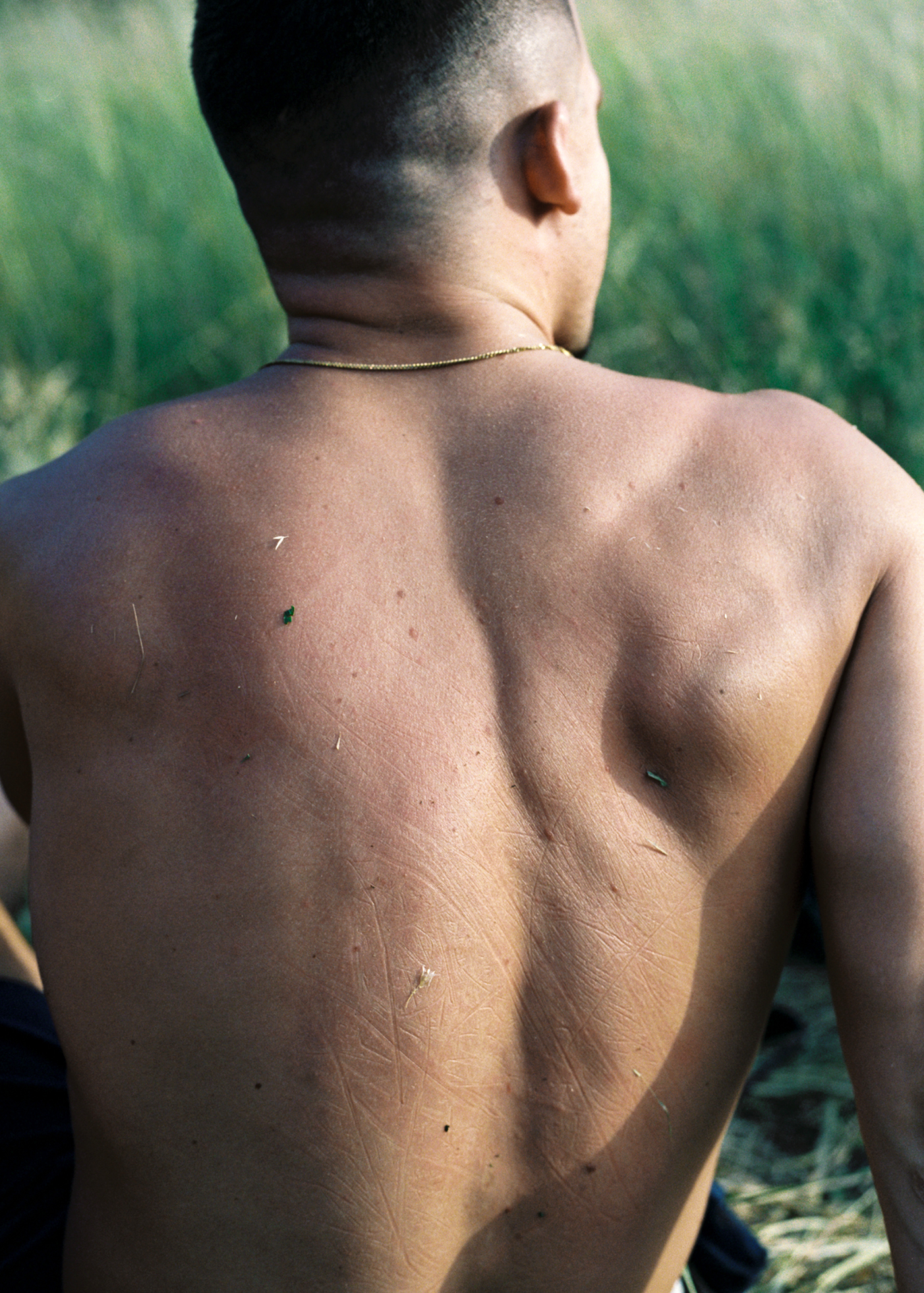

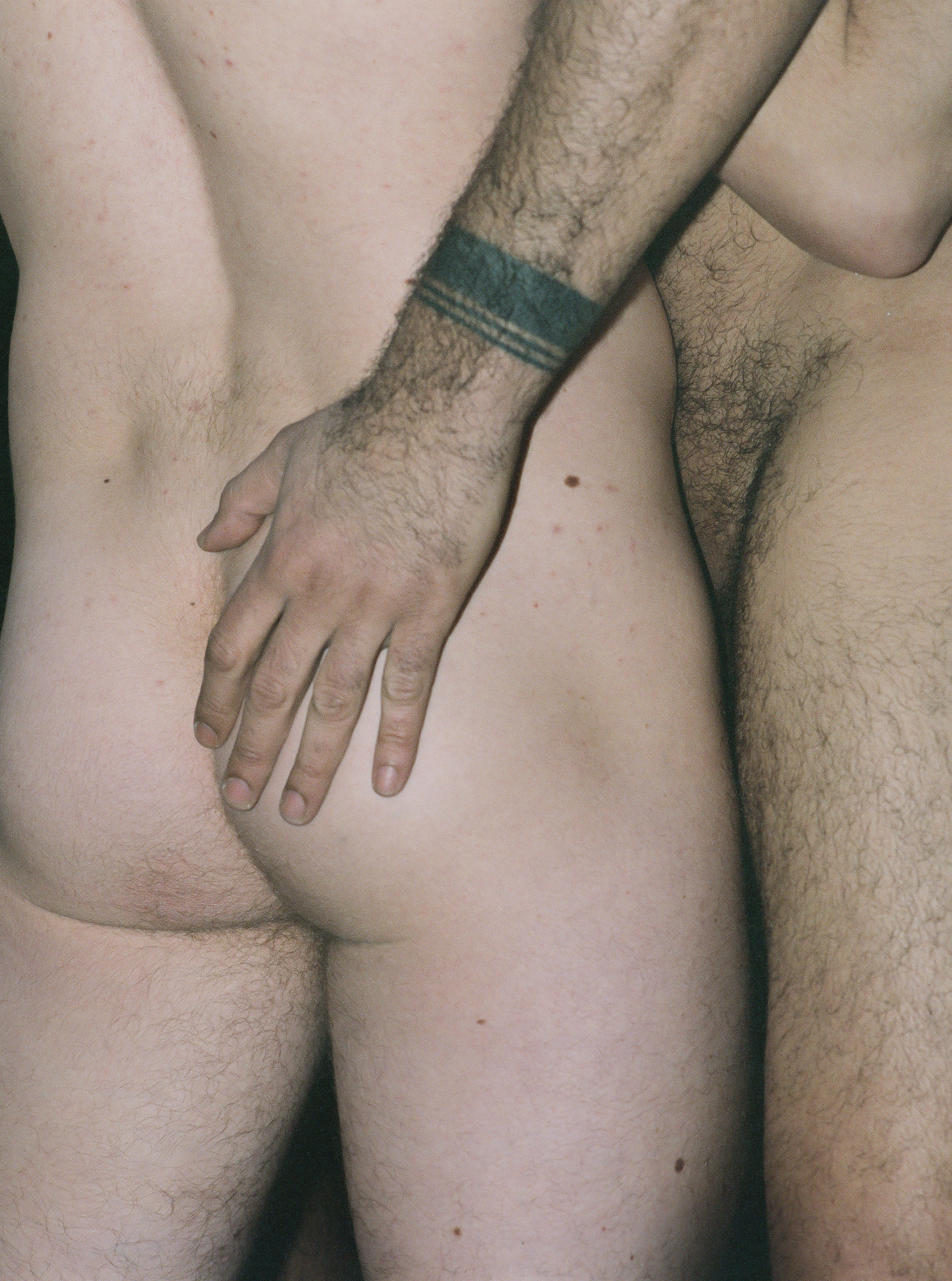
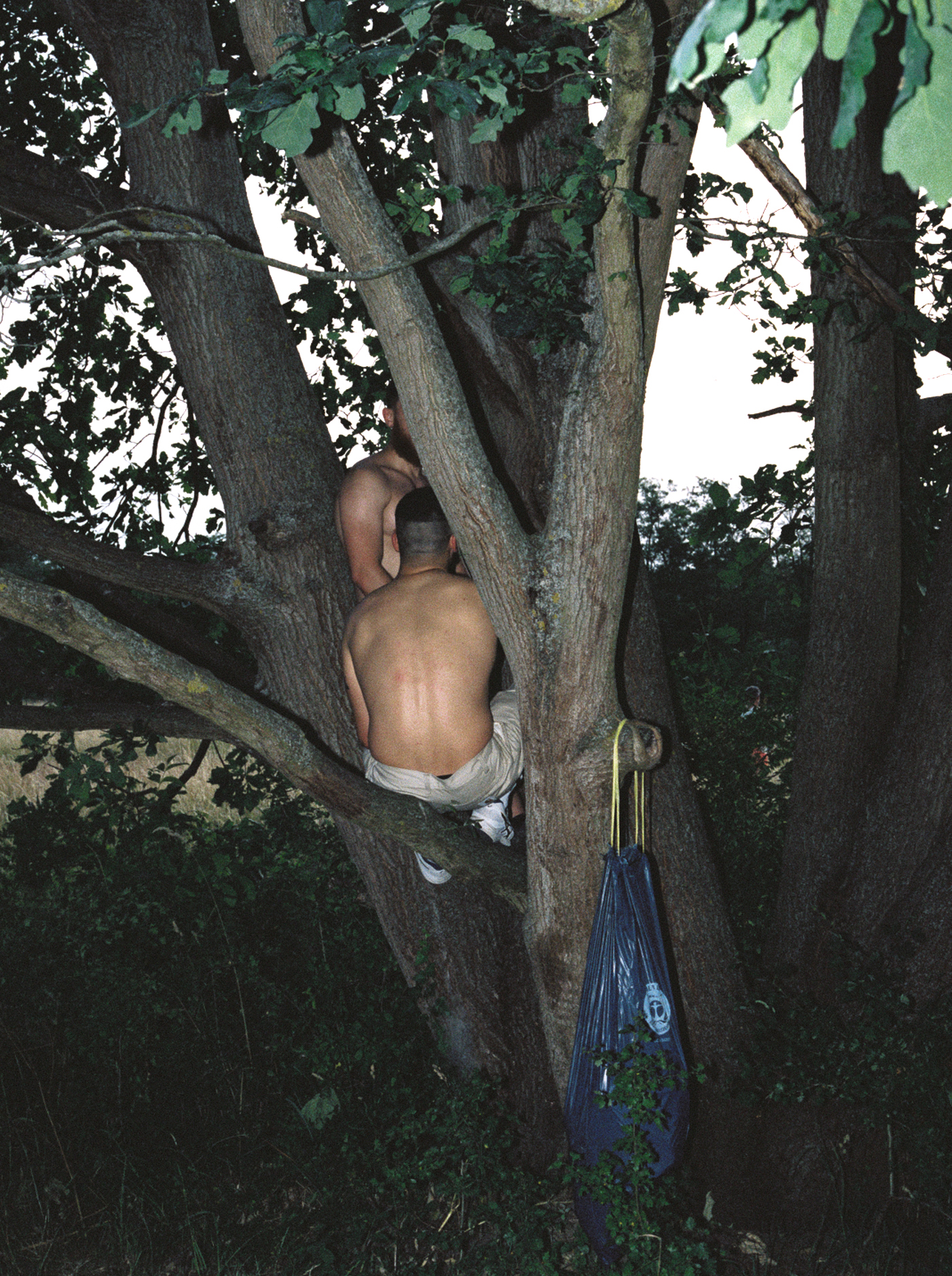
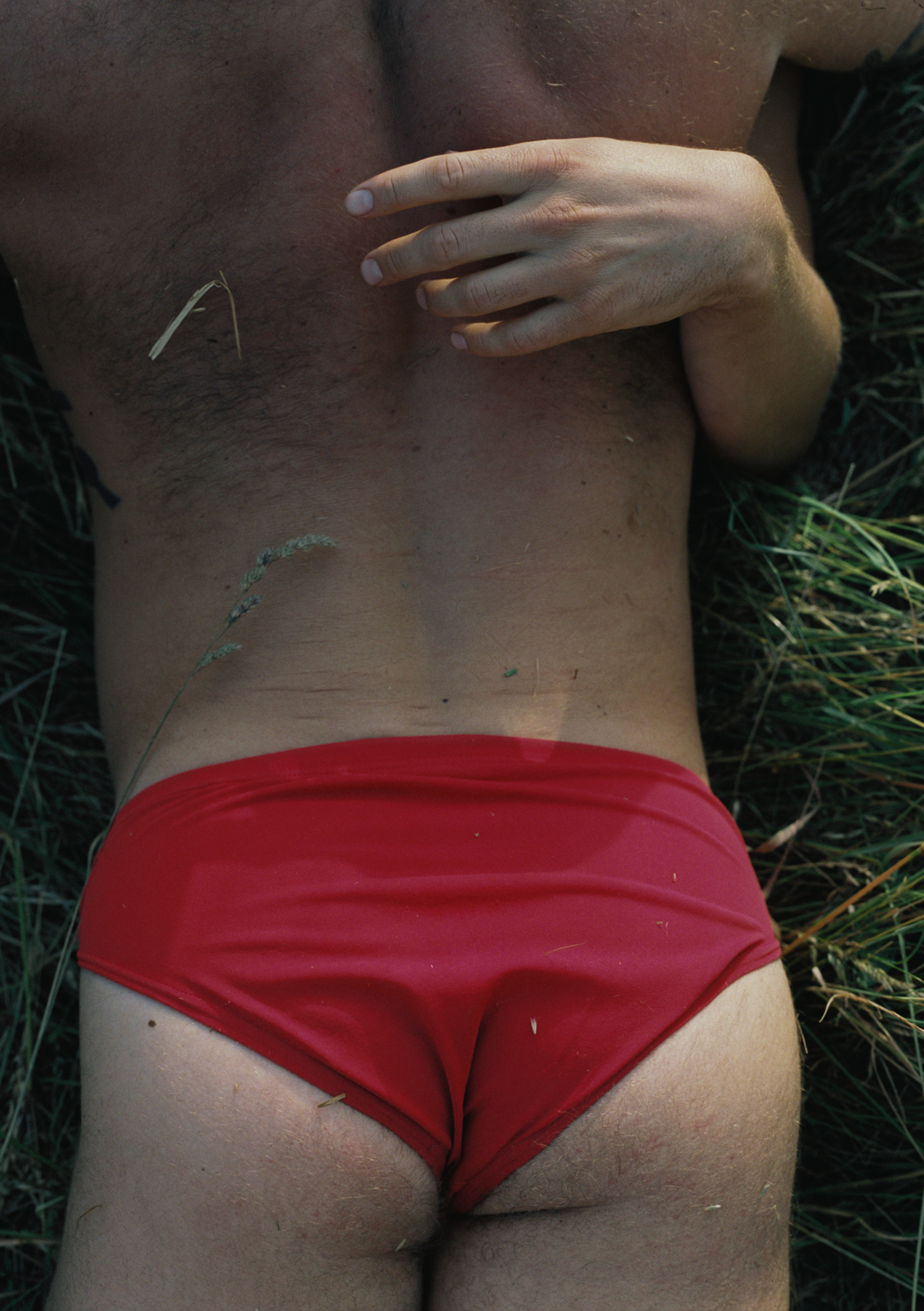
Credits
Photography Lukas Städler
